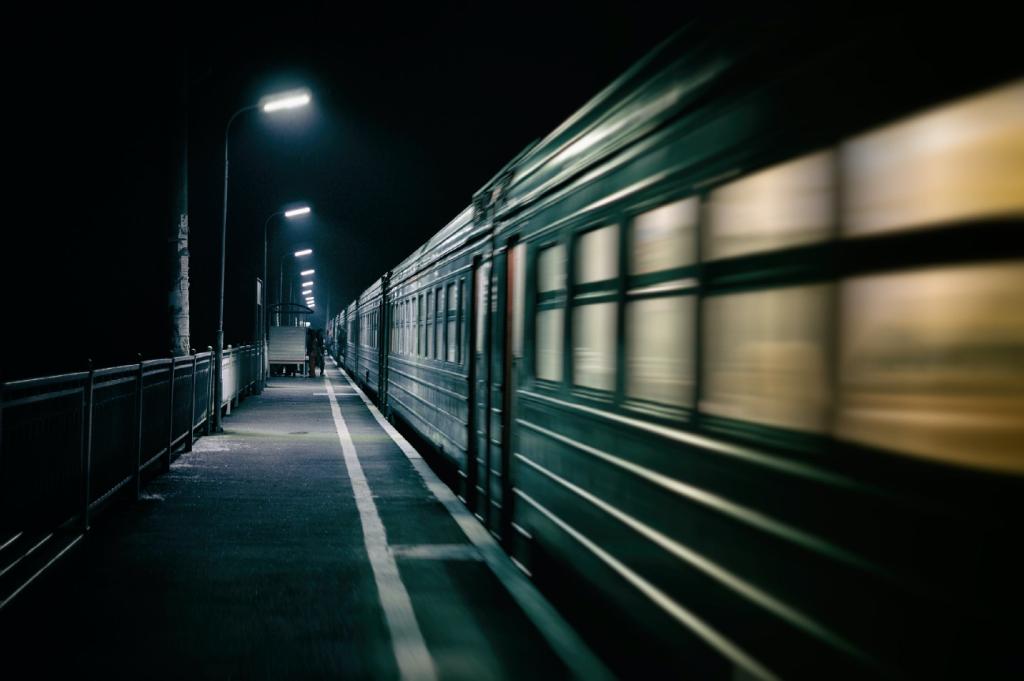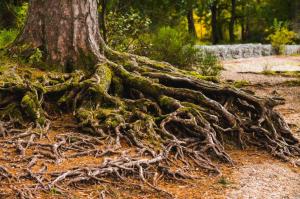Green Zendo Haiku
Recent Haiku
Night Train, a sampling of my haiku, was recently selected by Buttonhook Press (an imprint of OPEN: Journal of Arts & Letters) and is set to be released in a free, PDF format. These twenty-five haiku celebrate night and the wonder of the passing moment. I’ll post more information here as the publication date nears.
silver morning: cattails, April, 2023
peeling posters: hedgerow: a journal of small poems, #142

Flowers of Emptiness
Avrom Altman began his Buddhist studies in 1969, sitting zazen at Tassajara Zen Center with Shunryu Suzuki Roshi. A Licensed Professional Counselor and Certified Hokomi Therapist, he’s also Professor Emeritus at Pacifica Graduate Institute. The haiku in his new book, Flowers of Emptiness, sketch a life lived with “an astonished heart.” Dennis Patrick Slattery, Ph.D, has written, “I loved reading them and delighted further in rereading them…Let them resonate within you.” Flowers of Emptiness: Imaginal Haiku (Sungold Editions, 2023)
Opportunities
bottle rockets press is now accepting haiku, senryu, and other small poem submissions (up to 10 samples) until May 15th. Submissions by snail mail only. Please see the site for more details. https://www.bottlerocketspress.com
Presence Haiku Journal, out of Britain, is accepting haiku, tanka, senryu, and related material for both print and online publication from April 15th to May 31st. For details, visit https://www.haikupresence.org
The Heron’s Nest, a quarterly online journal, is offering cash prizes for winning entries in the Peggy Willis Lyle Haiku Awards, open now until June 1st. Judging is blind and there is no entry fee. For details visit https://www.theheronsnest.com
Karumi
The quality of karumi, or lightness, can be found in Basho’s haiku as early as 1667. He was twenty-three years old when he wrote the following:*
cherry blossoms
in the breeze — breaking out
in laughter
Haruo Shirane, Chair of East Asian Languages and Cultures at Columbia University, has described karumi as “a focus on everyday subject matter, on the use of ordinary language, and on a relaxed rhythmical, seemingly artless expression.” Here the traditional topic of cherry blossoms takes on an unusually welcome aspect. Rather than contrasting the beauty of the flowers with sadness at their brevity, for instance, Basho depicts the exuberance of the moment. Is it the blossoms that have broken out in laughter or the poet? Or both? In this case, ambiguity adds to the impact of the lines.
Much haiku is celebratory in nature. An exclamatory haiku such as the one above is a good example of this. Another approach, common to the Basho school of haiku, presents two juxtaposed images, offering up a view that embraces them both. Below, a view of the garden, written near the end of Basho’s life, evokes a minimalist yet wholistic response:
morning dew —
muddy melons
on the ground
Here there’s no trace of poetic conceit, just the pristine scene as Basho found it. In that sense, karumi may be considered not only in its literal sense as “not heavy or dark” but as possessed of a light artistic touch, allowing the reader to bring to the scene what he or she will. Even on his deathbed, Basho found an unexpected lightness:
flies everywhere —
how lucky they are to meet up
with a sick man
In the 20th century, Nakagawa Soen was a lifelong practitioner of haiku. As a literature student at Tokyo Imperial University, he wrote his thesis on Basho and later became a Zen monk and teacher. This haiku, written in 1946, presents two images pointing to the connection of ordinary things:
small plums
and dewdrops —
alive together
Although penetrating, there’s nothing heavy about these lines. Instead there’s a clarity and freshness, and a sense of happiness at the simple pleasures. We, too, are alive together with the plums and the dewdrops. How wonderful! These are the primary characteristics of karumi.
*all versions by jg
